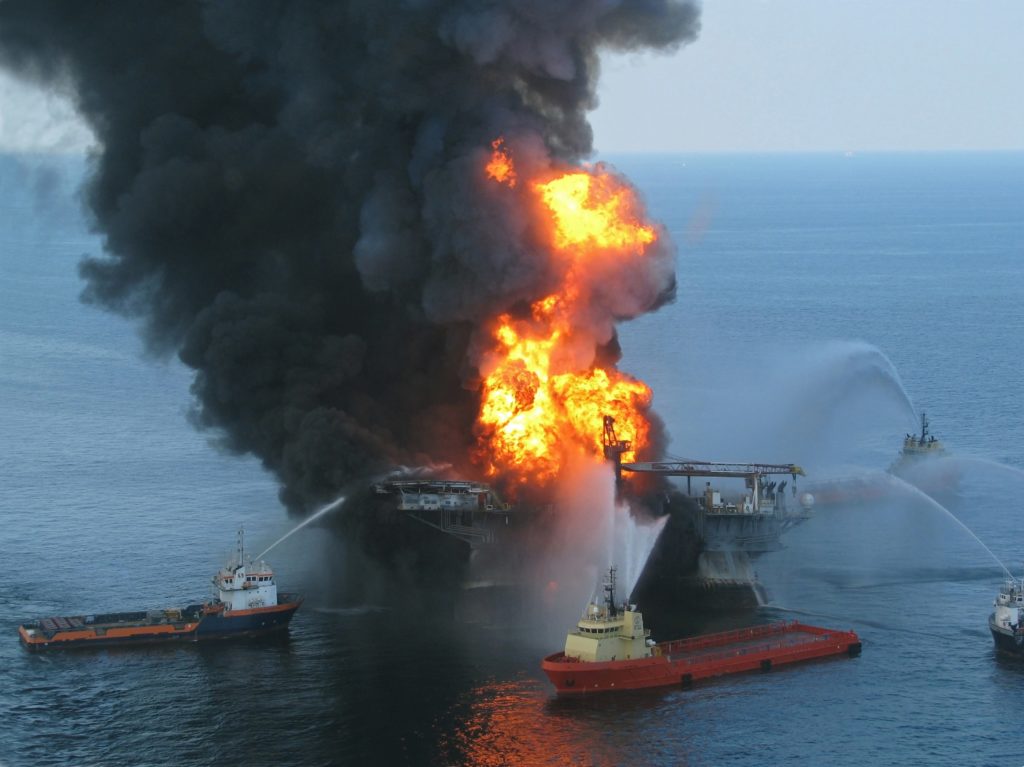The Deepwater Horizon Disaster: Why it Holds Important Lessons for Every Organization
April 24, 2020

On April 20, 2010 at 9:49 pm, an explosion on the Deepwater Horizon drilling rig in the Gulf of Mexico killed 11 workers and injured 17. By July 15, five million barrels of oil had flowed from the ruptured well into the Gulf of Mexico. This caused untold environmental and economic disaster for the region, the effects of which continue to resonate to this day.
Ten years later, the story of the Deepwater Horizon remains important. The Report to the President by the National Commission on the BP Deepwater Horizon Oil Spill and Offshore Drilling summarized the technology failures. On the face of it, these failures were responsible for the immediate disaster.
Significant Technology Failures
In summary, the most significant technology failure was that of the blowout preventer (BOP), which did not sever and seal the well to prevent the escape of hydrocarbons onto the rig floor as it ought to have done. Several other technology elements, such as the composition of the drilling mud, the drilling process, and the cement used in the well, were also cited as contributing factors.
The National Commission identified many smaller failures that contributed to the disaster. For example, safety manuals on the Deepwater Horizon were badly written, poorly organized, and difficult to understand. They didn’t distinguish between mandatory and optional procedures. This put workers in the position of having to make decisions about what actions to take without having any context or understanding of the risks involved in doing so.
Further, compartmentalized information and a fundamental misunderstanding of risk created a culture with poor organizational learning.
There is no single cause to which the Deepwater Horizon disaster can be attributed. Instead, systemic failures grew over time, giving off warning signals and leading indicators until they culminated in a catastrophic system failure.
Addressing each of the smaller failures individually would not have prevented the disaster. However, addressing the larger systemic issues that created them would have provided the insight that could have prevented the explosion. Instead, each failure contributed to a complex web of potential for disaster in which large factors like the failure of the BOP were compounded by smaller factors like poorly documented procedures.
Important Lessons from Deepwater Horizon
The most important lesson from the Deepwater Horizon is one that applies to every organization and every system of any size. It is this: safety is an organizational responsibility that begins with leadership. Everyone in the organization is responsible for creating a safe working environment that balances efficiency and productivity with the needs of workers. However, it is leadership that must set the tone for the organizational culture of safety, both in its internal decision making and in its public brand messaging.
That culture must be alive to the dangers of small failures aggregating in a complex system and must understand how risk-based thinking can unearth, recognize, and prevent those failures before they take place.
The Intelex Insight Report The Deepwater Horizon: Learnings from a Large-Scale Disaster, by Scott Gaddis, is an in-depth look at what every organization can learn from this tragic event. Using industry insights and academic research, it uncovers some of the most important things we need to understand about how the stage was set for this disaster many years before it actually happened.
Download it to learn about how to apply these important lessons to your organization.





